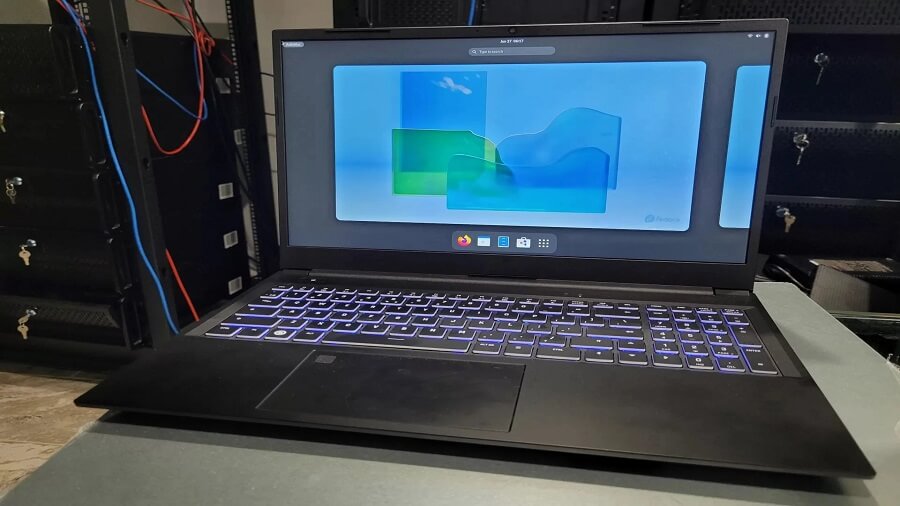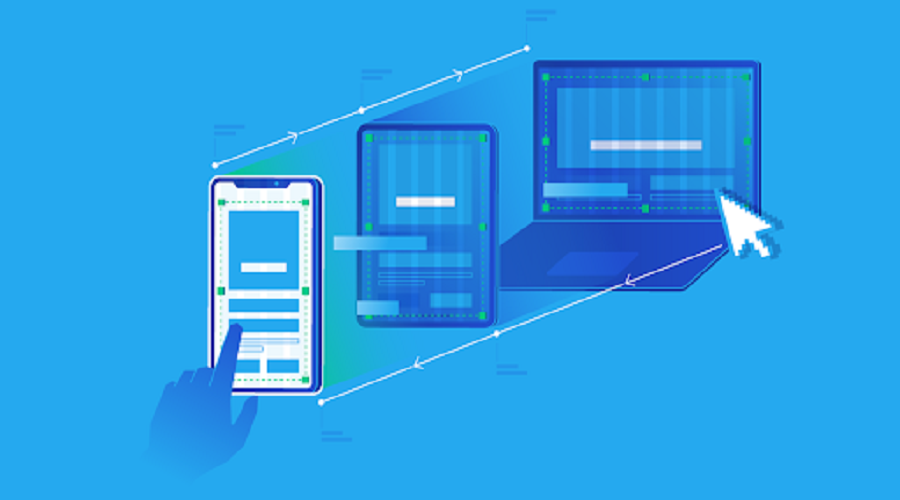HRMS Software- Following are The Complete Guide on Managing Your Human Resource

Businesses can benefit from the success and contribution of employees. They honor and sustain the digital transformation of HR communication.
An HRMS is a right tool that assists them and the CHRO in becoming strategic partners for the CEO.
For the same purpose, you must read the entire guide and information about the HRMS.
The blog post below will help you understand how to manage your human resources so that they add value and success to your company.
You can also increase the capabilities of HR personnel, teams or CHROs with an HR management system.
What Does An HRMS Mean?
The HRMS tool is 360-degree and can be used by businesses to automate their HR tasks. It allows CEOs and CHROs to increase the HR value of their organisation.
It’s a way to help manage the workforce, from the first day to the last.
The modern HRMS system is intelligent and written with NLP-backed and rectified algorithms.
These tools recognize the importance of completing all strategic tasks on every front that are important to HR and their employees.
The Purpose of HRMS Software for a Startup Firm:
Cloud-based human resources management software is a must. It will improve your HR functionality and add value.
Startups need reliable sources for managing their workforce and data. A cloud-based and AI-based HRMS will do the trick. It simplifies everyday tasks like punch-in and out.
It tracks workflow automation and performance. It also helps to spot errors in employee data, activity and contributions to the organization.
The CHROs can present real-time analyses and predictions to CEOs and serve as strategic partners.
Complete HRMS Process:
- Applicant Tracking System
The electronic process of tracing applicants begins with the applicant tracking system. They apply first for the job in HRMS systems on different job portals.
Later, teams and HR personnel check to see if the applicant completed the application. Follow-ups and reminders are sent if the candidate does not complete the application.
- Simple Onboarding
ATS is a preboarding process. Onboarding is the process of shortlisting and sending out offer letters to candidates. Once they have been accepted, proper onboarding begins. The HR department must help new employees feel at home.
They should be familiar with company policy, culture, employee benefits, and other T&Cs. This step is made easier by human resources management software.
Employees can also use the ESS portal for updating and upgrading their profiles.
The HR will send them their ID number and password. The system will then guide users/employees through creating their profiles. It will then ask you to upload the necessary documents once again.
These would include Aadhaar Card and, PAN, UAN. Educational/skill set certificates are also acceptable. These credentials are required for the system’s integration of employee data with other steps within the funnel.
The employee can also download the company policy for a closer look at the culture.
This option is available in the HMS systems.
- Leaves and Attendance Management
It is essential to track the attendance of employees. HR personnel cannot manually do this for the increasing number of employees. This would be extremely tedious and continental. Instead, employees can enter and exit the HRMS themselves.
The system aligns attendance with timesheets. Reporting managers will automatically be able to see how punctual and well-organized their employees are.
They receive system-generated reports and live dashboards. They are amazed at how efficient their new hires can log in and out of the HRMS system.
The system can also predict attrition rates and retention rates. A system can be used to provide HR personnel with more detailed and customized reports as well as recommendations. It’s completely dependent on the situation.
- Reimbursements
If their pay policy provides this entitlement, employees can request reimbursement.
The HR management software also allows them to request different claims directly. These could include travel, welfare, well-being, or specific mediclaim.
The system responds quickly to requests for reimbursement approval or rejection.
Once the reimbursement is approved, it will be added to the next cycle’s payslip. Every employee who requests reimbursement will be notified.
- Performance Management Software
An HRMS system must be integrated with a PMS. This integration will enable reporting managers and HR professionals to manage and develop their workforce more efficiently.
They will be able to monitor how efficient their staff are at completing each task or project.
They may work for hours on a project, client or task. Later, reporting managers and HR professionals can more efficiently allocate human resources based on their skills.
This will allow CRHOs to accurately bill clients with justifiable notes and clarifications about the project’s timeline. It also increases transparency between teams, clients and outside parties.
- Shift Management
Modern businesses work with flexible workers. People are hired to work in different environments. Many prefer working from remote areas. Others prefer a hybrid approach.
This makes it difficult to track shift hours manually. HRMS provide the right support for HR professionals.
These systems allow HR to know how many employees are currently working on a shift at any time. Later, they can create their preferred staff roster.
They can also gain insights from shifts and hybrid work hours. This will allow them to see what is working well for their staff.
- Training and Development System
Human resources management software can be used to train and develop talent frequently. HR professionals no longer need to hire or retire their employees.
They can add that human element to their system of managing their talent pool as long as they keep it. They can upload courses, host webinars and share links to learn with their HRMS.
They can encourage their employees and team members to continue reskilling every 3 to 6 months.
These courses can be accredited to improve employee portfolios. These upgrades can also help employees get a better raise in their next appraisal cycle.
This module encourages employees with an entrepreneurial mindset to connect to and retain their jobs.
- Payroll Management
Human resource managers are responsible for managing monthly pay disbursements. It can be a nightmare to roll it out in large numbers. The backed calculations and modifications can create chaos.
This is impossible to do manually in minutes or even hours. An HRMS can solve this problem immediately.
It integrates all active and registered employee data from the backend. IT developers can be consulted by HR personnel to support the calculations and trigger actions in the payroll system.
They will need to monitor the final salaries calculated by the system. The HR management software embedded with the payroll tool would prevent human error.
This helps companies avoid heavy losses from under or overpaying deserving or undeserving employees.
- Real-Time Reports
With live and real-time reporting, HR professionals can be strategic partners for their CEOs.
They first get these reports from their HRMS. They discuss strategic human resource planning and how it contributes to the firm’s success.
These reports show the best performing workforce and frequently offer suggestions on how to value them.
They also know where the workforce is performing poorly and what issues they face daily when delivering their key tasks.
- Exit Management
The off boarding or exit management process is easy with a stable HRMS. The entire exit management process can be managed on the system, and employees can also view it.
Employees who are leaving will be regularly informed about their final and full employment status. The HRMS can assist in the smooth execution of the off boarding process.
It gives the employee leaving a job a memorable experience to which they will be able to refer others. It can also improve internal branding, even if the employee is no longer actively working.
Conclusion
An HRMS would be a great invention. It allows people to add value to the success of their team.
They share the same goals and have the ability to work together. Transparency between teams is key to increasing the rate of delivery.
Employees are more open to each other when working on projects or tasks. This encourages healthy competition, prompts recognition of innovative inputs and collaborations, and leads to healthy competition.
A modern human resource management system online allows for a welcoming, honest, trustworthy hybrid culture.


































































































































































































































































































































































































































































































































































































































































































































































































































































































































































































































